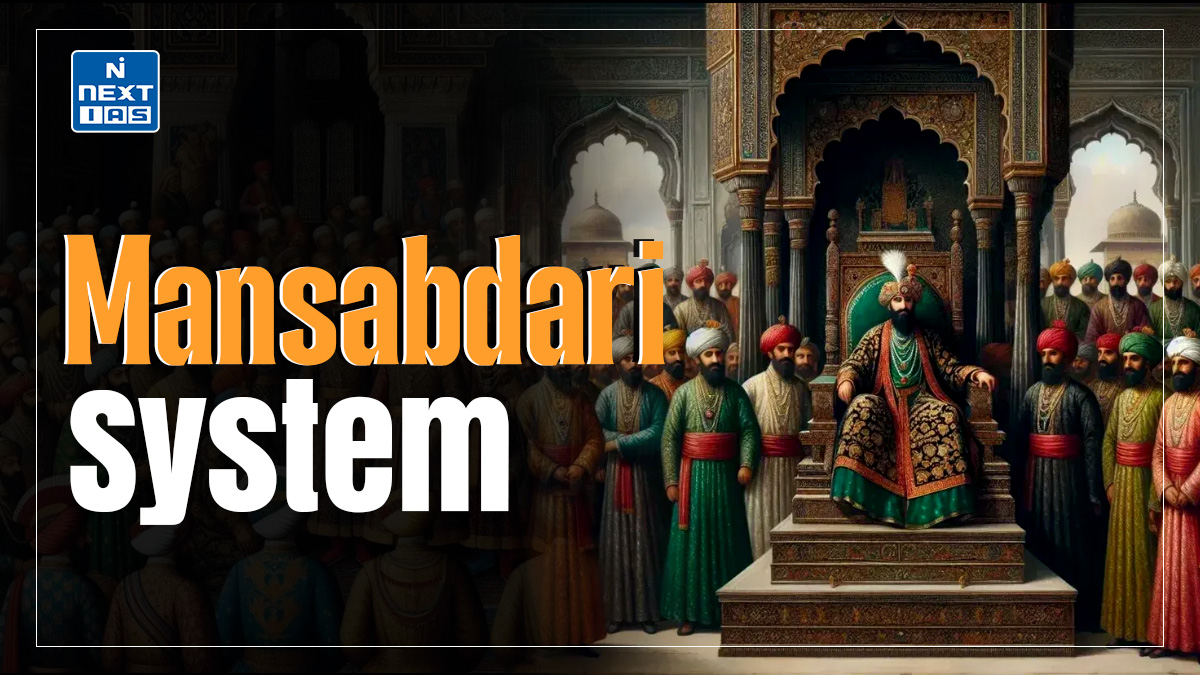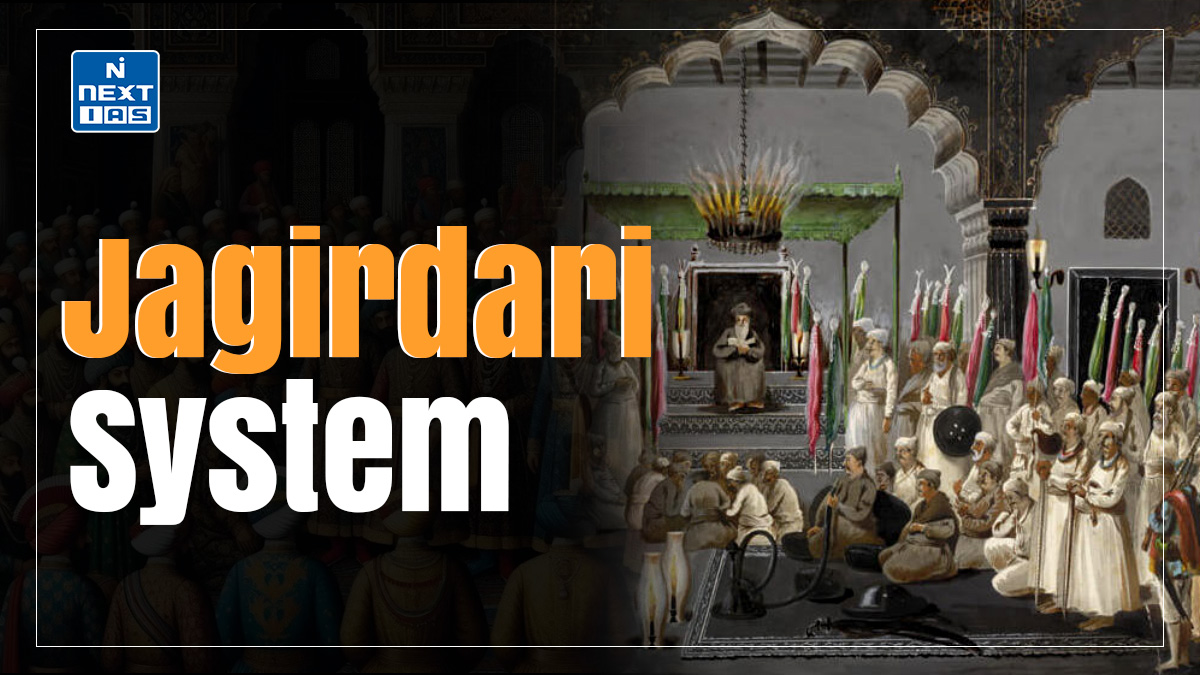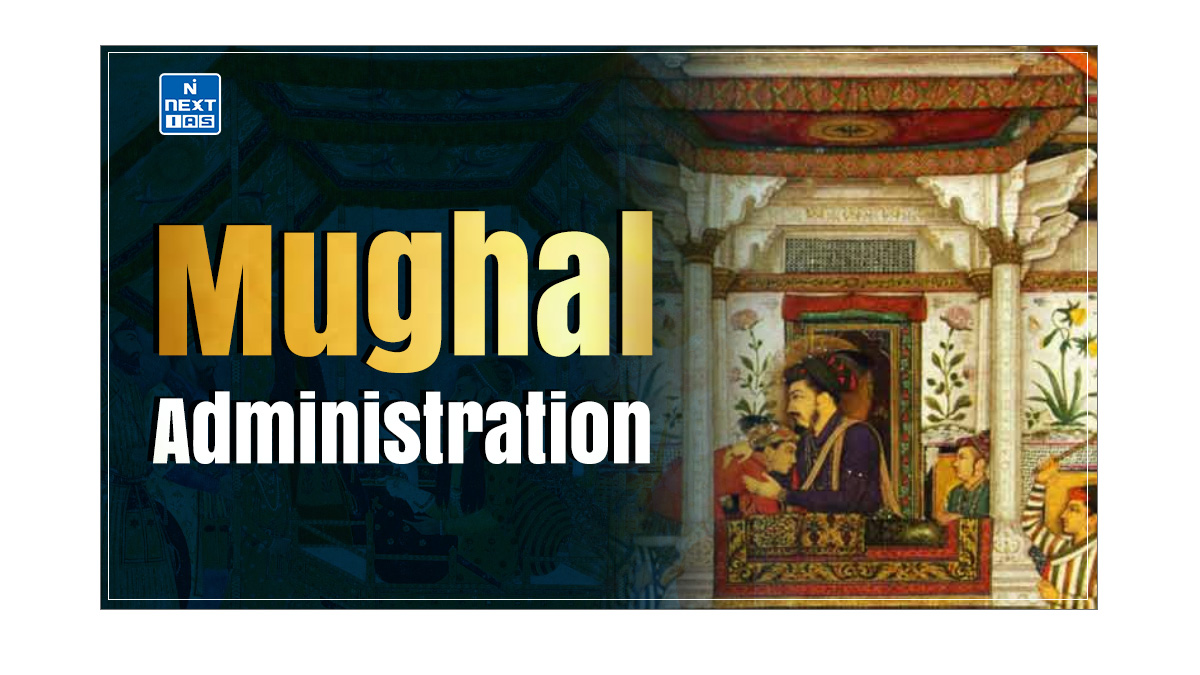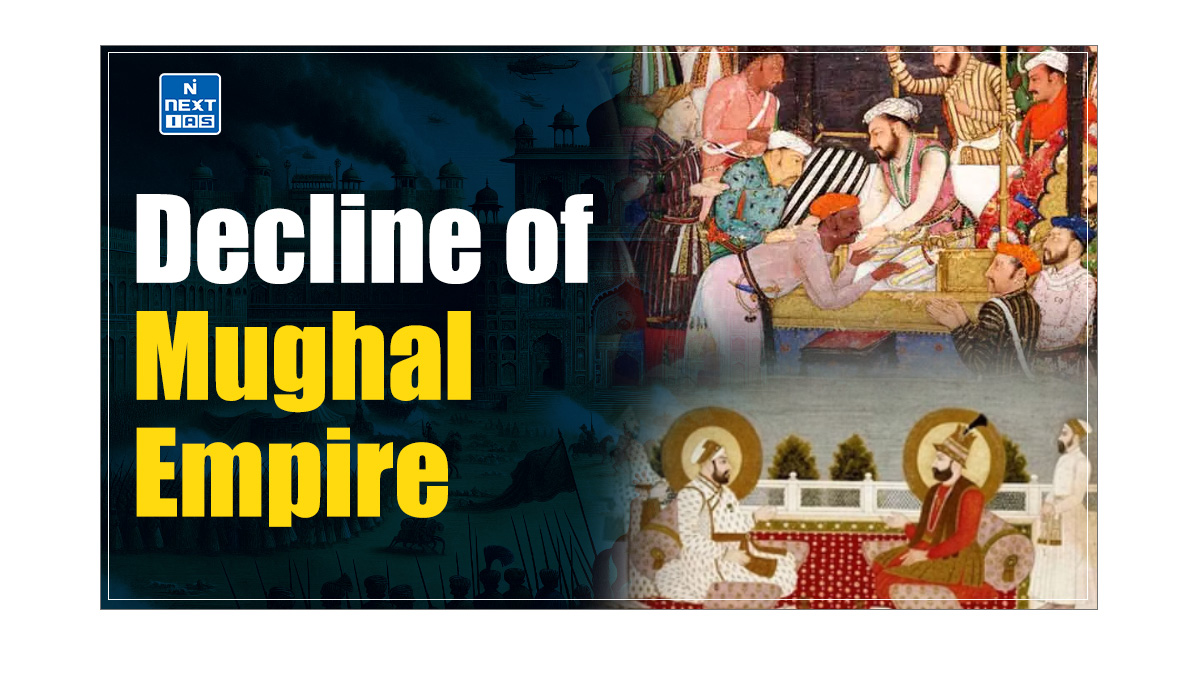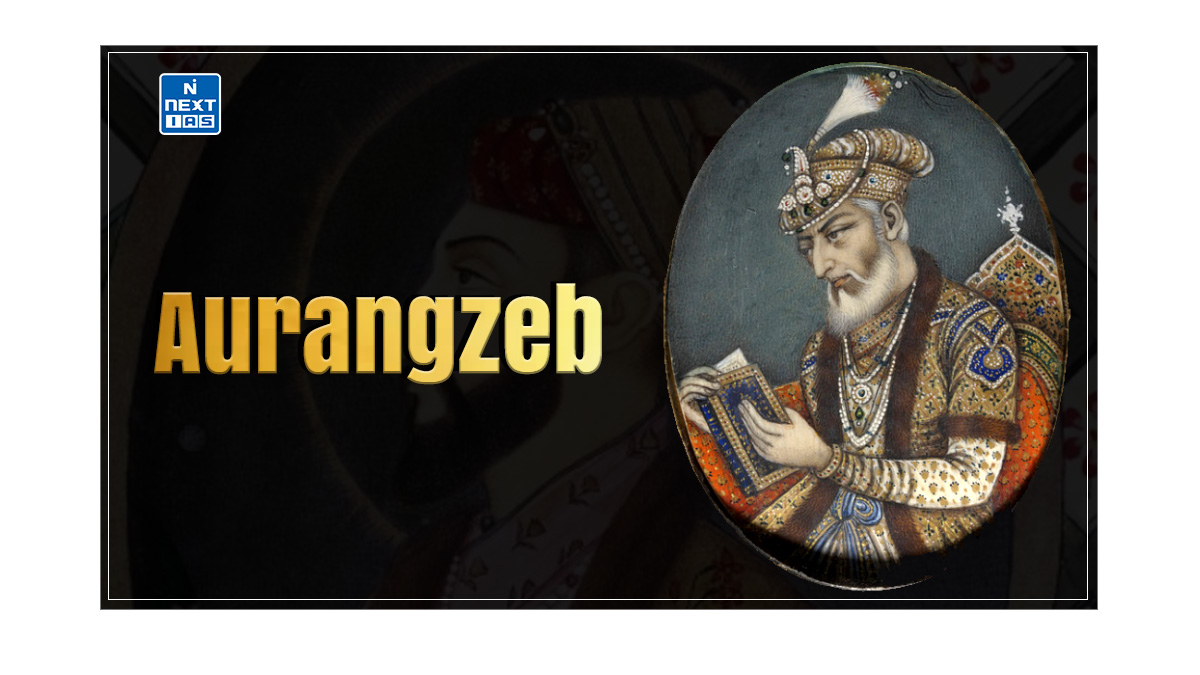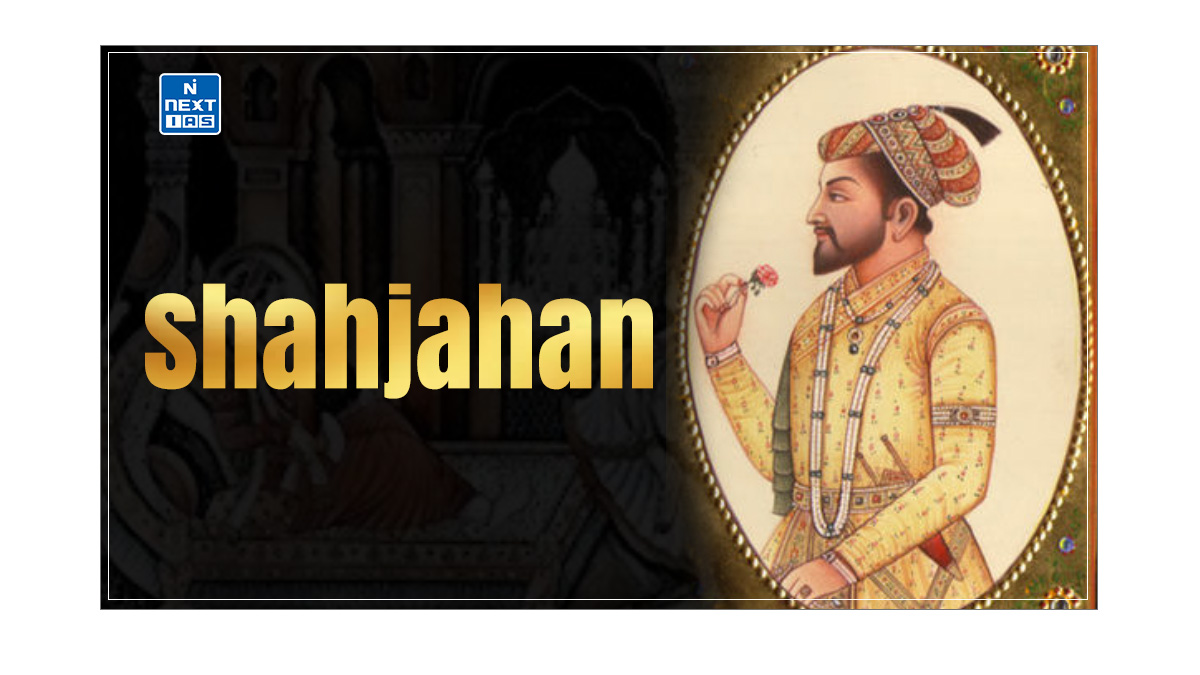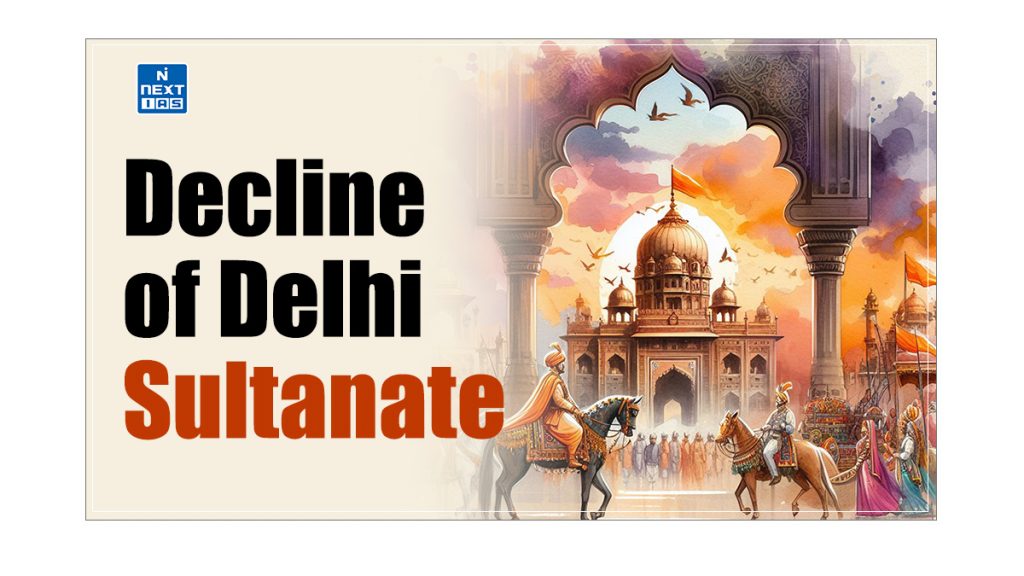
The decline of the Delhi Sultanate was marked by internal conflicts, external invasions, and the emergence of provincial kingdoms. Understanding this decline is significant as it highlights the transition of power in India and sets the stage for the rise of the Mughal Empire. This article aims to study in detail the reasons behind the decline, its impact on Indian society, and the legacy left by this important period in history.
About Delhi Sultanate
- The Delhi Sultanate refers to five successive Muslim dynasties that ruled northern India from the late 12th century to the early 16th century.
- It began with the establishment of the Mamluk dynasty in 1206, following the conquest of Delhi by Muhammad Ghori and his slave general, Qutb al-Din Aibak.
- The Sultanate marked a significant period of cultural and political change, characterized by introducing Islamic governance, architecture, and administration.
- Subsequent dynasties, including the Khiljis, Tughlaqs, Sayyids, and Lodis, contributed to the consolidation of Muslim rule in the region and to advancements in trade, science, and the arts.
- The era saw the construction of iconic monuments like the Qutb Minar and the expansion of Persianate culture.
- The Delhi Sultanate eventually paved the way for the Mughal Empire, further influencing the subcontinent’s history and cultural landscape.
Read our detailed article on the Delhi Sultanate, Slave Dynasty, Khiljis Dynasty, Tughlaq Dynasty, Sayyid Dynasty and Lodi Dynasty.
Causes of Decline of Delhi Sultanate
The reasons for the decline of the Delhi Sultanate are as follows:
- Inner Conflict among Nobility: The Sultanate of Delhi was ruled by five dynasties, which lasted about three hundred years.
- The constant struggle between Sultans and Nobles was the main factor in the change of dynasties and the deposing of rulers.
- After Qutbuddin Aibak’s death, Iltutmish emerged victorious in the war of succession. Iltutmish created a group of loyal nobles called Turkan-i-Chihalgani (The Forty).
- After the death of Qutbuddin Aibak, Mahmud ascended the throne. Another powerful ruler, Balban, was considered a de facto Sultan.
- After his death, he succeeded Nasir-ud-din Mahmud. Since there was no fixed law governing the succession of rulers, the nobles tried to either crown themselves or support their favorite heir.
- Finally, Afghans replaced the Turks with the accession of Bahlul Lodi.
- Attack by the Mongols and Others: The Mongol invasion seriously threatened the Delhi Sultanate.
- In the 12th century, the Mongols formed a huge nomadic empire under Genghis Khan.
- Balban and Alauddin Khalji confronted them with full military might.
- During the Khalji regime, the Mongols, led by Qultlug Khwaja, even besieged Delhi, causing huge damage.
- Another important attack that shook the foundation of the Delhi Sultanate was by Timur in AD 1398.
- Timur was the son of the Chief of the Chagtai branch of Turks. Timur ordered a general massacre, and a large number of Hindus and Muslims, including children and women, were murdered.
- The downfall of the Delhi Sultanate began after the invasion of Timur.
- Resistance by Indian Chiefs: The Delhi sultanate was considerably weakened after the Khaljis and the Tughlaqs assumed power.
- It had to face resistance from Indian chiefs at regular intervals. The invasion of Babur in 1526 finally ended the sultanate of Delhi.
- Emergence of Provincial Kingdoms: Muhammad bin Tughlaq’s reign started the disintegration of the Delhi Sultanate.
- Firoz Shah Tughlaq tried to control the situation but failed.
- During this period, some of the provincial rulers declared their independence from the rule of the Sultanate.
Impact of Delhi Sultanate on Indian Society
The Delhi Sultanate had a profound impact on Indian society, shaping its cultural, social, and economic landscape in several ways:
- Cultural Synthesis: The Sultanate facilitated a blending of Persian, Central Asian, and Indian cultures, leading to significant developments in art, architecture, and literature.
- This synthesis gave rise to unique styles, exemplified in structures like the Qutb Minar and the use of Persian in administrative and literary contexts.
- Religious Influence: Establishing Islamic rule introduced new religious practices and ideologies, fostering the growth of Sufi traditions.
- This increased interaction between Hindu and Muslim communities, resulting in a more syncretic religious culture in many regions.
- Social Structure: The Delhi Sultanate altered the social hierarchy, with new classes emerging, including Muslim nobility and merchants.
- This change influenced land ownership patterns and introduced new administrative systems that affected local governance.
- Economic Development: The period saw growth in trade and commerce, mainly due to establishing trade links with Central Asia and the Middle East.
- The Sultans invested in infrastructure, such as roads and markets, enhancing economic activities.
- Urbanisation: The Sultanate contributed to the rise of urban centres, as cities like Delhi and Jaunpur became important political, cultural, and commercial hubs, attracting diverse populations and fostering urban lifestyles.
Conclusion
The decline of the Delhi Sultanate resulted from a combination of internal strife, external threats, and the emergence of provincial kingdoms. Despite its fall, the Sultanate profoundly shaped Indian society, fostering cultural synthesis and influencing future empires. Its legacy remains evident in modern India’s diverse cultural and religious landscape, underscoring the era’s lasting significance.
GS - 1